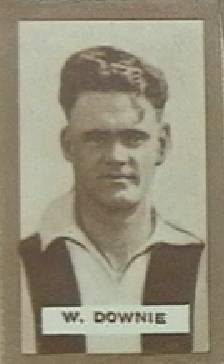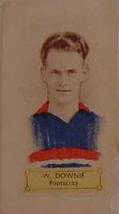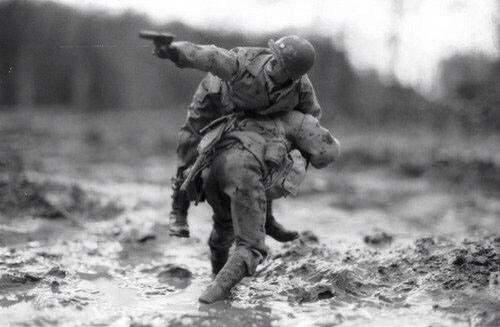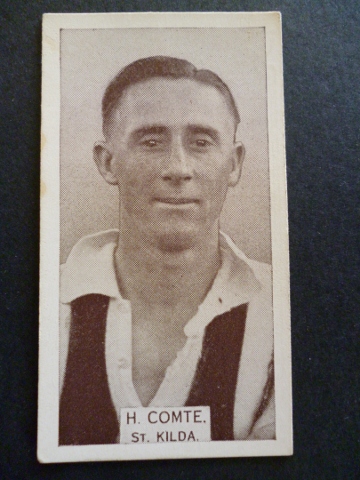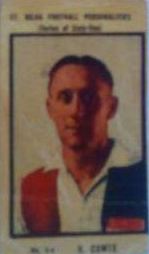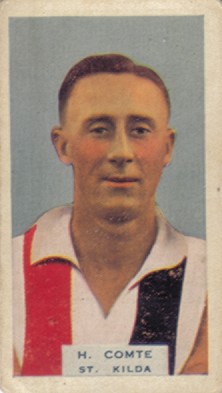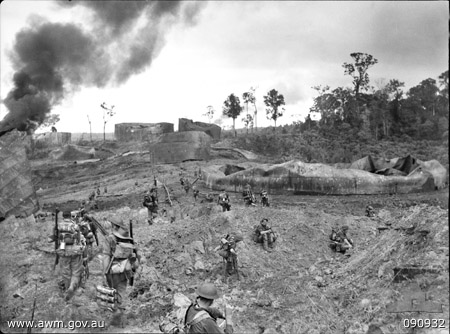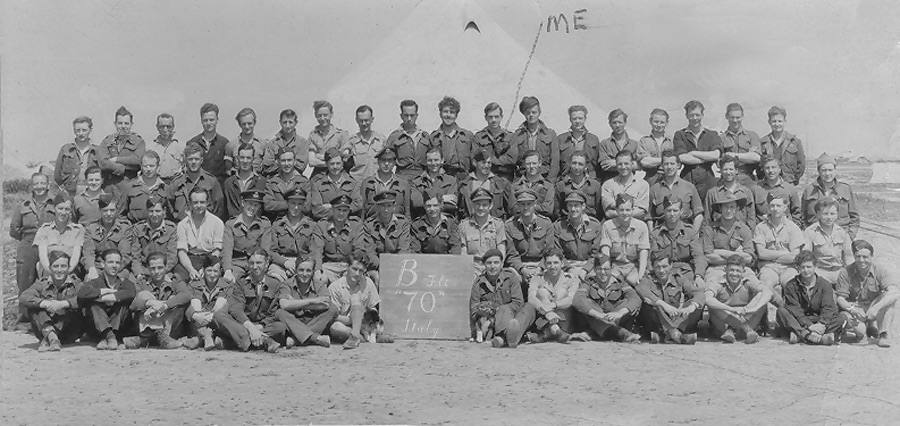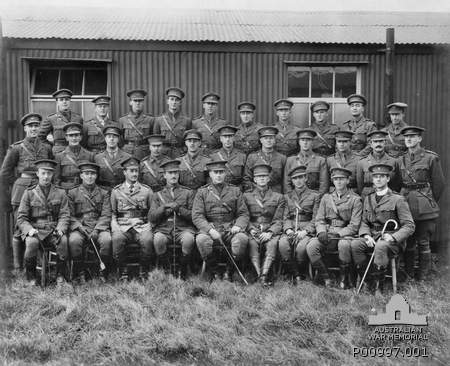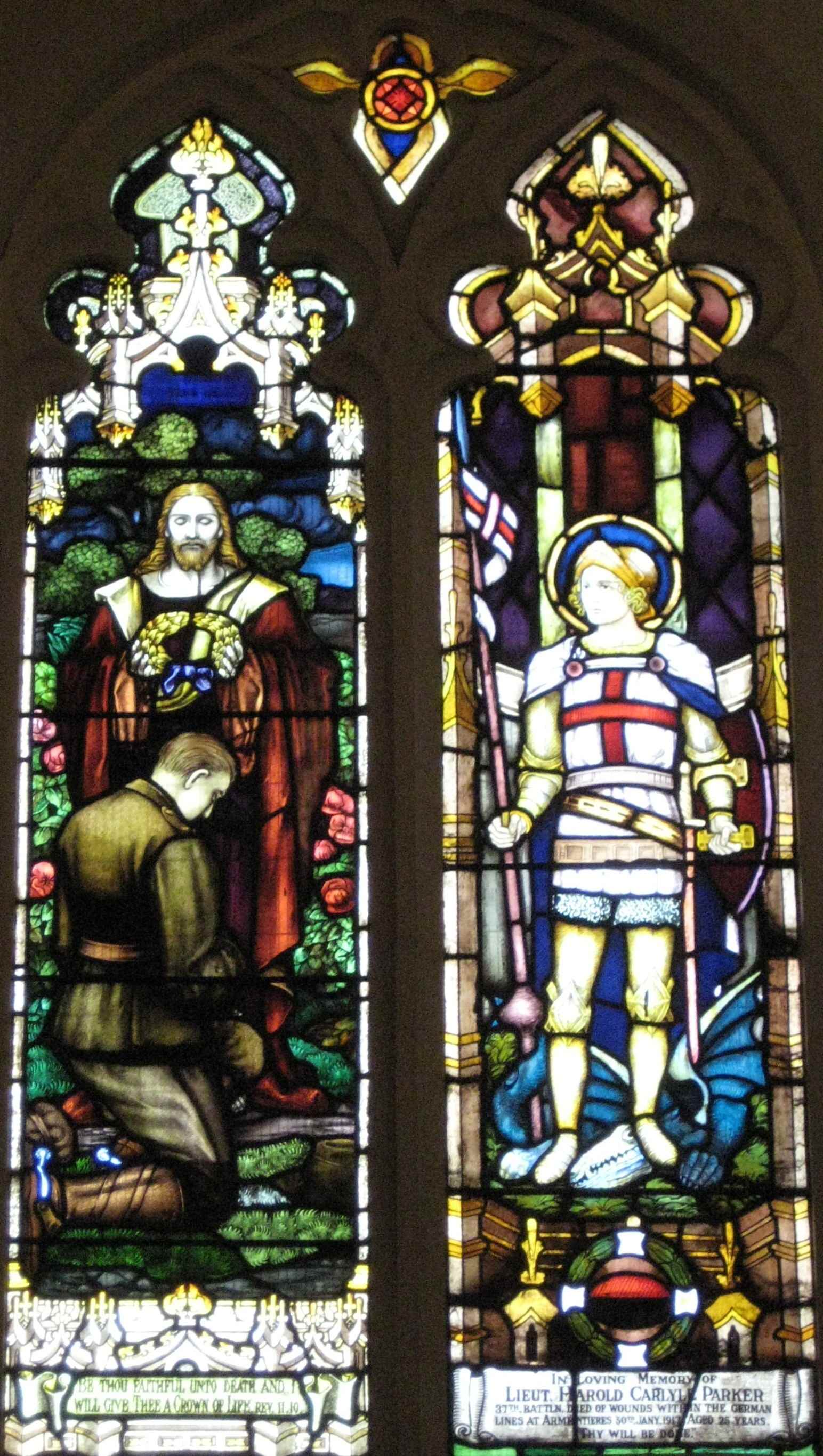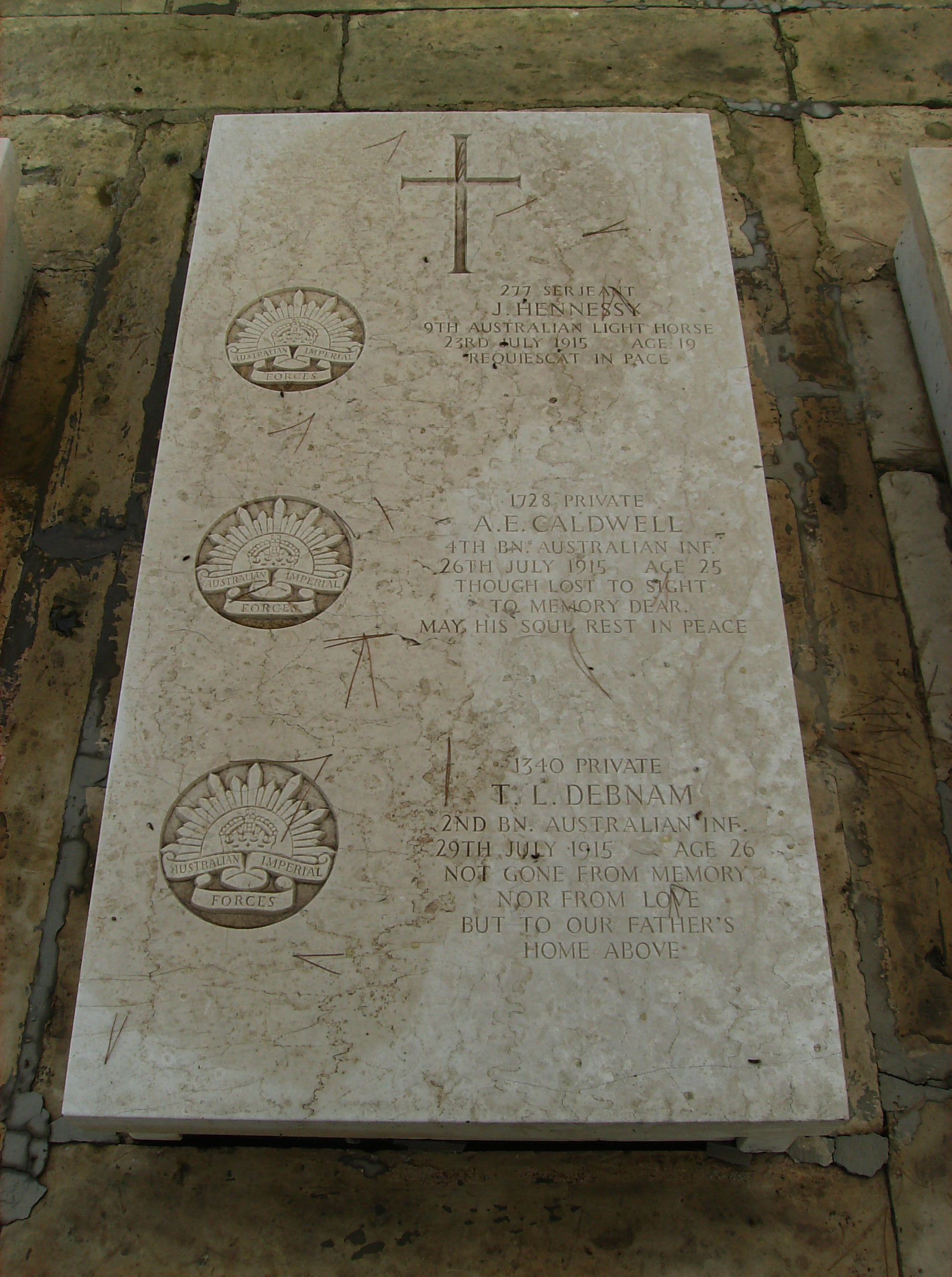Sunshine Saint
Cancelled
- Dec 1, 2011
- 4,464
- 6,211
- AFL Club
- St Kilda
- Other Teams
- Mitta United, Tapalinga, St Marys
On April 25th, we mark the 100th Anniversary of the ANZAC landings at Gallipoli Turkey. It is timely in our lead up to this day, that we highlight each of those ex-St Kilda players, who paid the ultimate price in fighting for Australia.
Below is a list of past St Kilda players who represented Australia and died in either World War 1, or World War 2.
World War 1
Each of these players has a unique story and it is fitting that we recognise and acknowledge our past players who died in the service of our country.
Below is a list of past St Kilda players who represented Australia and died in either World War 1, or World War 2.
World War 1
- Claude Crowl (3) Private 8th Battalion, First A.I.F - 25 April 1915 - Gallipoli Turkey
- Lou Holmes (1) Captain 10th Battalion, First A.I.F - 10 May 1915 - Gallipoli Turkey
- Arthur Caldwell (8) Private 4th Battalion, First A.I.F - 26 July 1915 - Valleta Malta
- Jack Walker (4) Sergeant 8th Battalion, First A.I.F - 27 July 1916 - Pozieres France
- Hugh Plowman (26) Captain 60th Battalion, First A.I.F - 19 July 1916 - Fromelles France
- Jim Farnan (1) Private 46th Battalion Infantry - 9 August 1916 - France
- Harold Parker (3) 2nd Lieutenant 37th Battalion Infantry - 30 January 1917 - France
- Bill Madden (26) Lance Corporal 22nd Battalion Infantry - 3 May 1917 - France
- Ralph Robertson (14) Second Lieutenant Royal Flying Corps & Second Lieutenant 8th Battalion, Hampshire Regiment - 11 May 1917 - Aboukir Egypt
- Otto Lowenstern (12) Lord Strathcona's Horse (Royal Canadians) - 1 December 1917 - France
- Paddy McGuinness (1) Private 51st Battalion Infantry - 6 May 1918 - France
- Bert O'Connell (2) Private 24th Battalion, First A.I.F - 1st November 1918 - Wales
- Jack Shelton (2) Lieutenant 2/21st Battalion, Second A.I.F - 1 May 1941 - Libya
- Stuart King (43) Flying Officer, 11th Squadron, R.A.A.F - 28 February 1943 - off Cairns, Far North Queensland
- Beres Reilly (13) Pilot Officer, 454 Squadron, R.A.A.F - 23 July 1943 - over Crete
- Bill Downie (69) Private 105 Transport Company, Australian Army Service Corps - 11 September 1943 - Burma Siam Railway Burma
- Wallace Mills (1) Warrant Officer Class II, 2/41st Light Aid Detachment, Australian Corps of Electrical and Mechanical Engineers - 24 November 1943 - Far North Queensland
- Bob Flegg (18) Warrant Officer R.A.A.F attached to 70 Squadron R.A.F - 7 July 1944 - over Feuersbrunn Austria
- Bill Hudson (5) Lance Corporal 51st Field Park Company, Royal Australian Engineers - 11 April 1945 - New Guinea
- Harold Comte (105) Private 2/24th Battalion, 2nd A.I.F - 30 May 1945 - Tarakan Dutch East Indies
- Paul Bell (15) Lance Corporal Cavalry (Commando) Squadron, Second A.I.F - 4 July 1945 - Balikpapan Borneo
Each of these players has a unique story and it is fitting that we recognise and acknowledge our past players who died in the service of our country.
Last edited:





